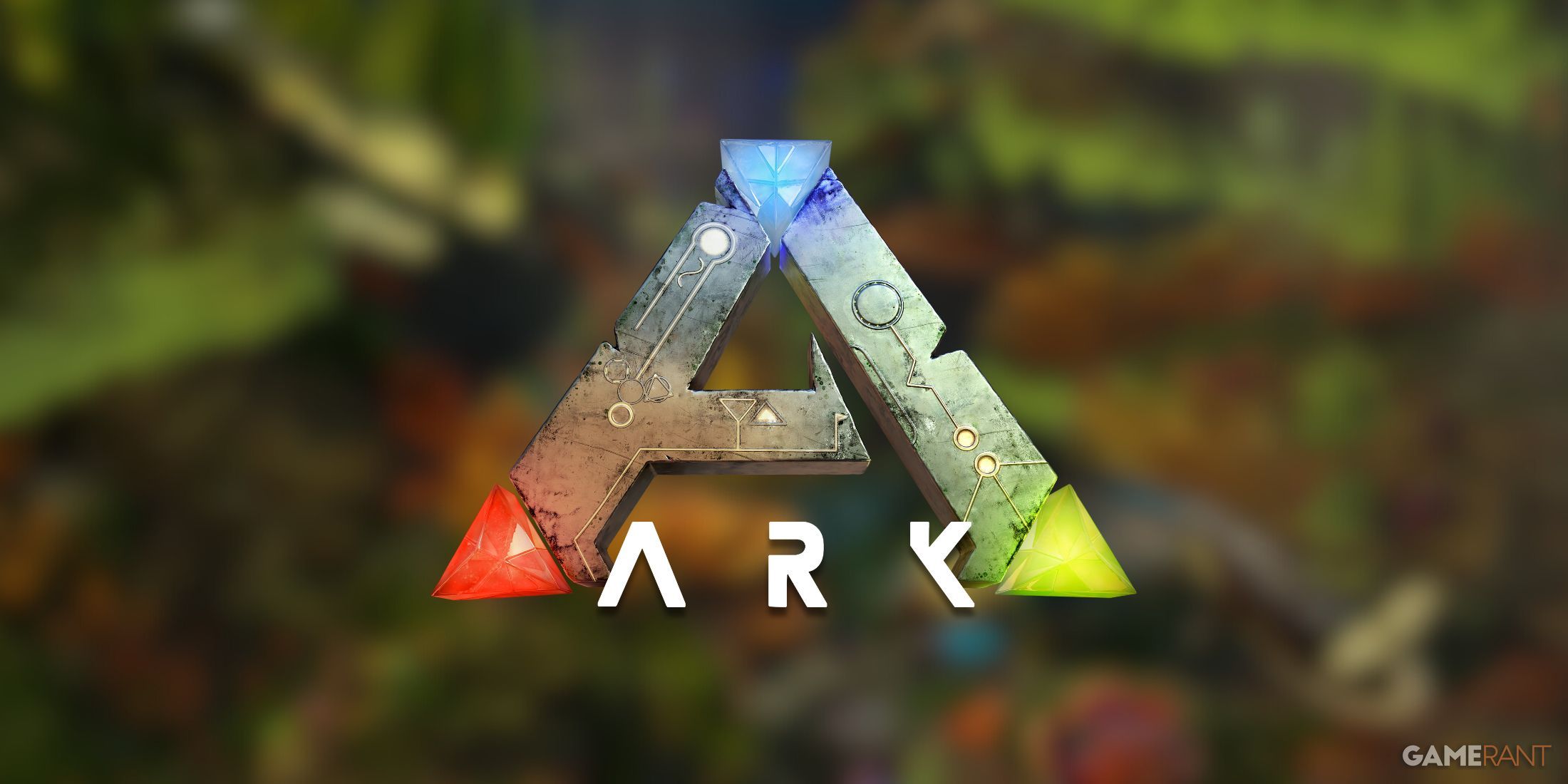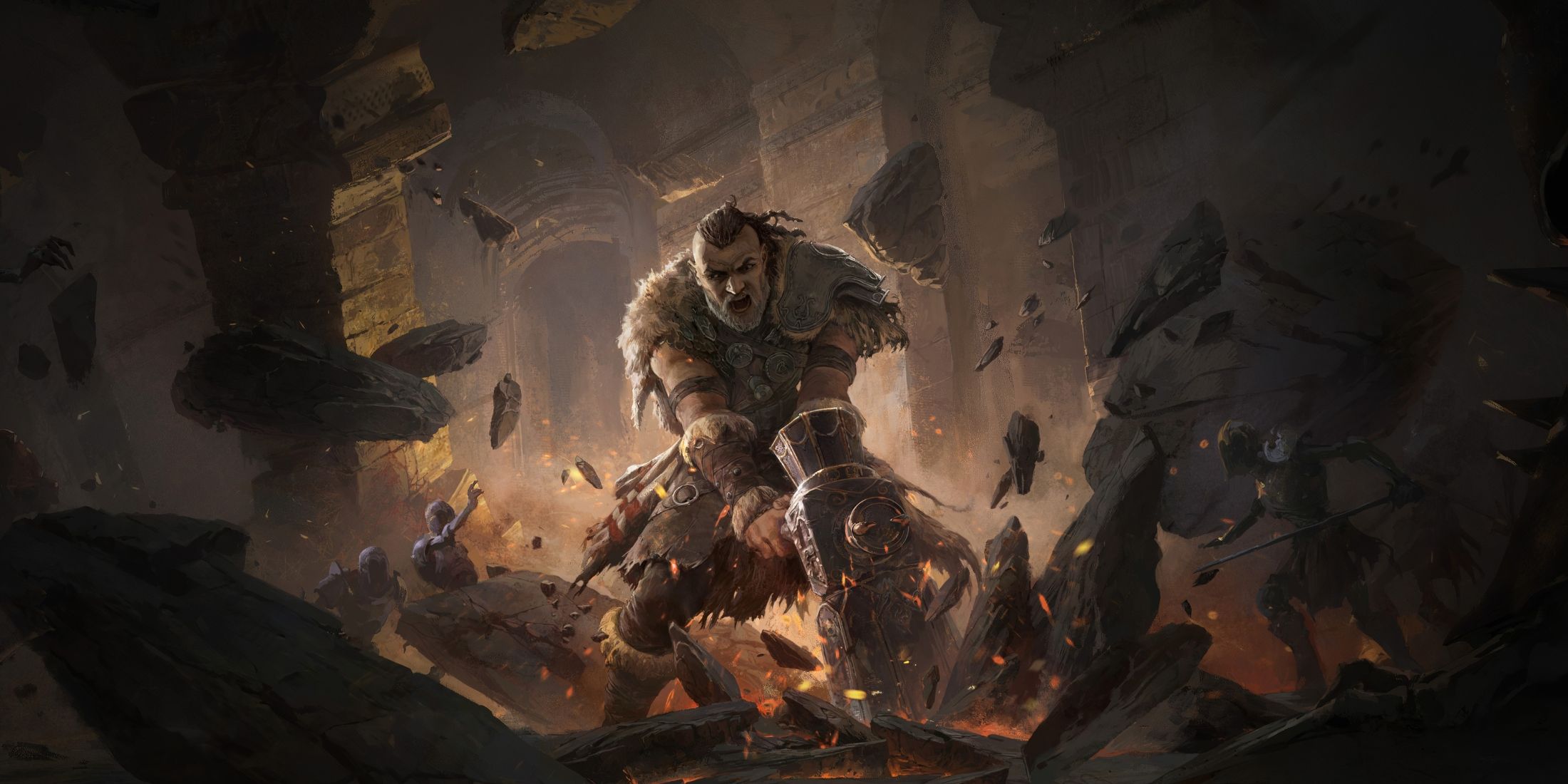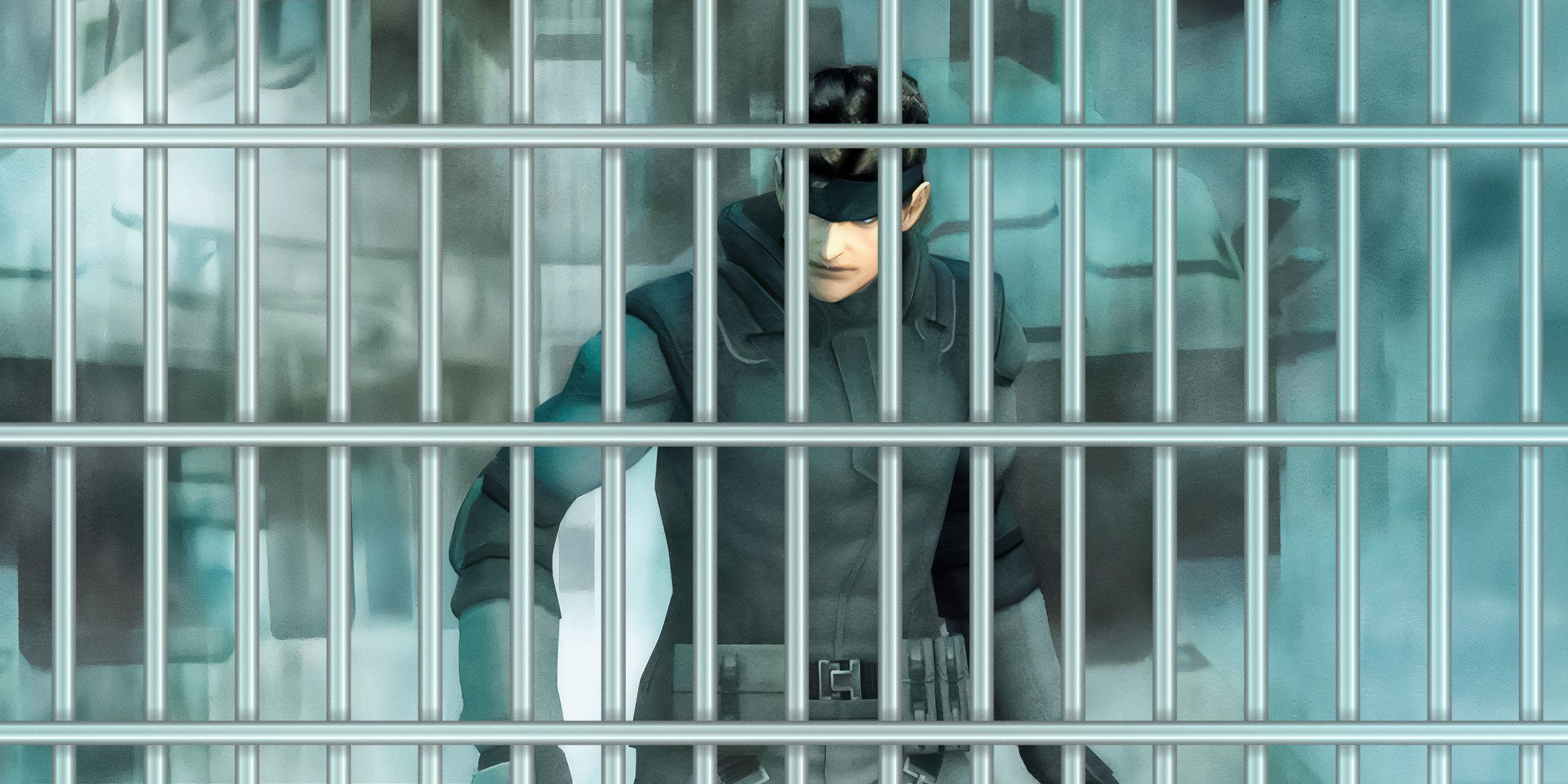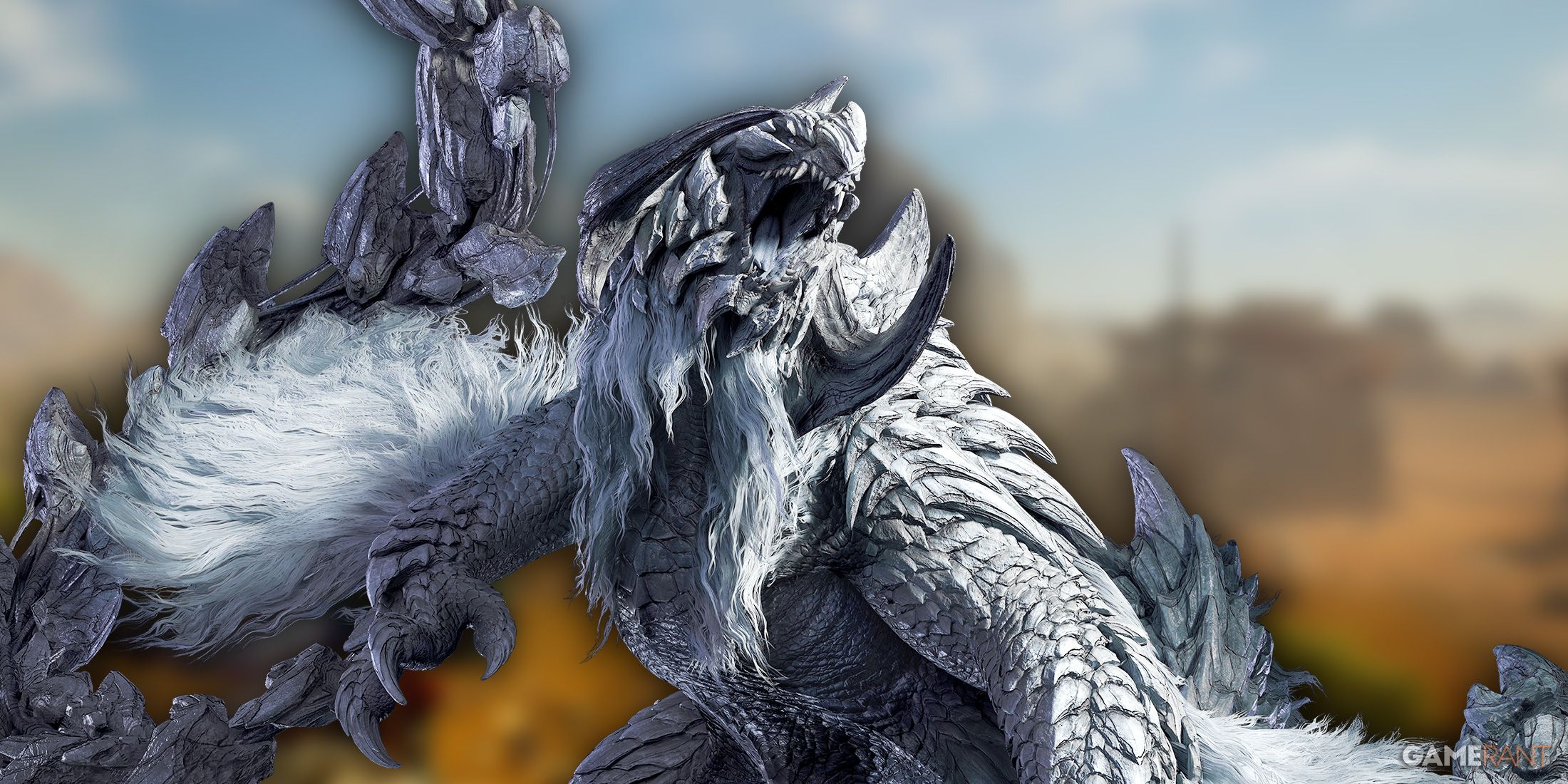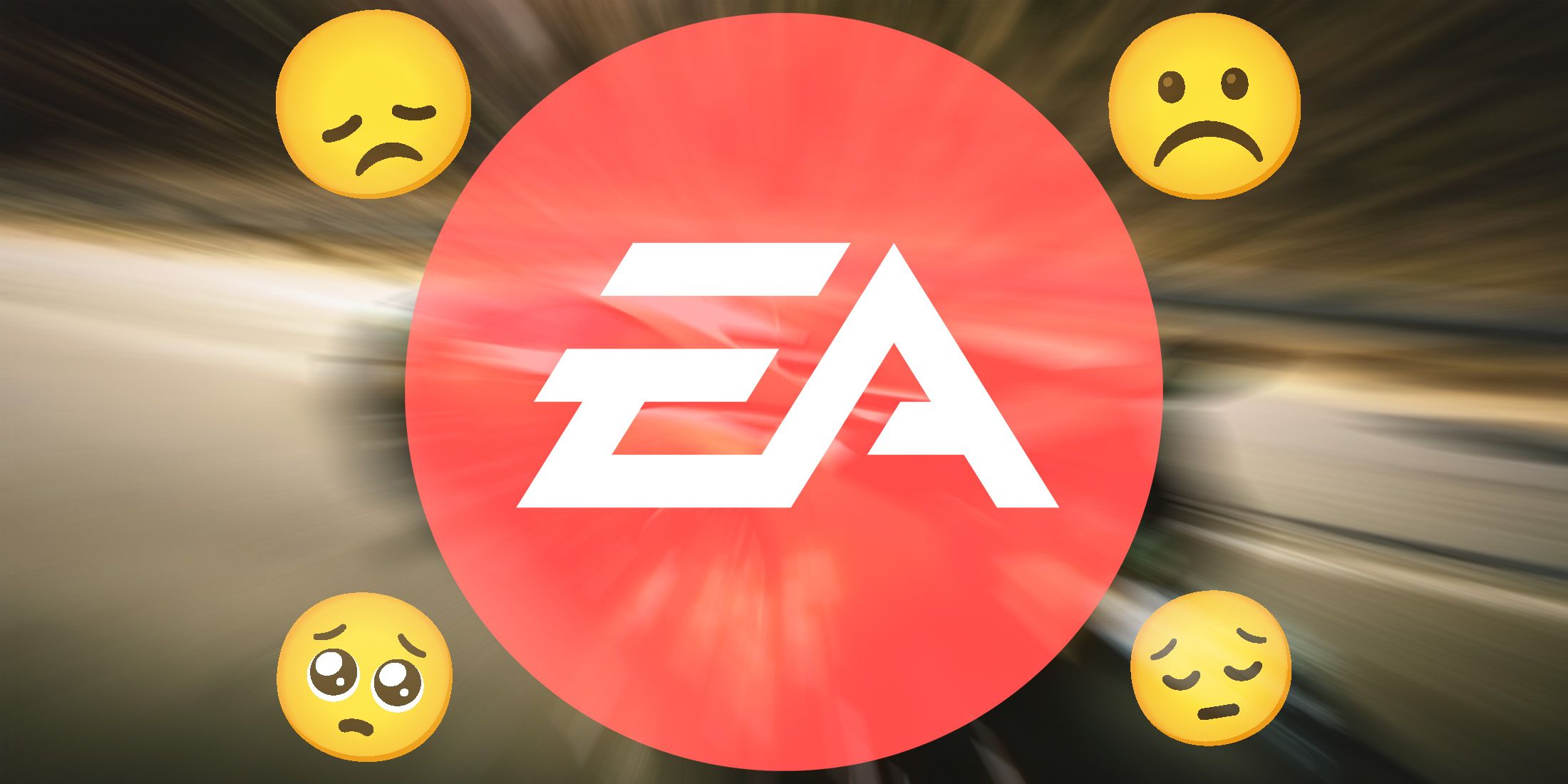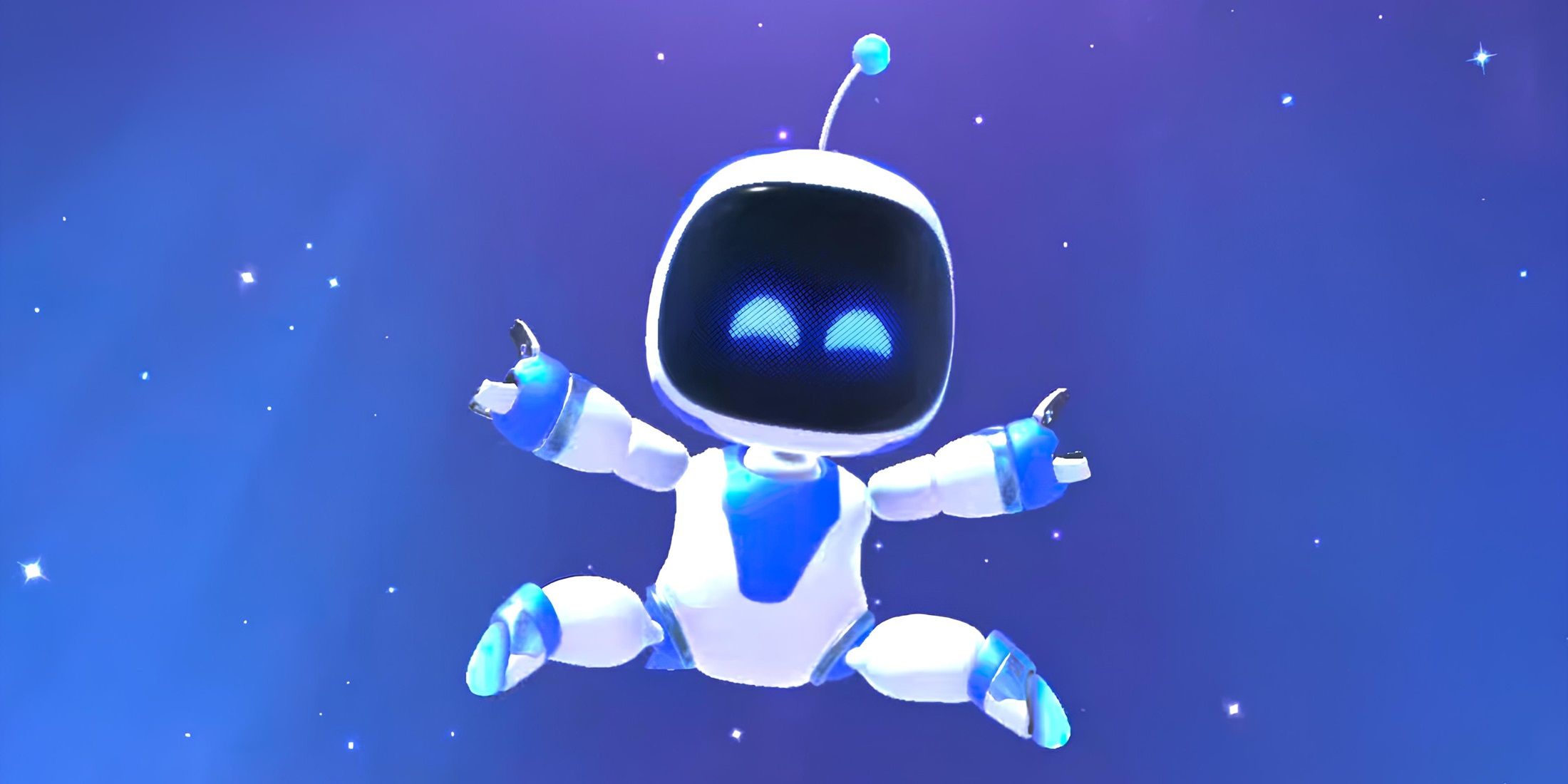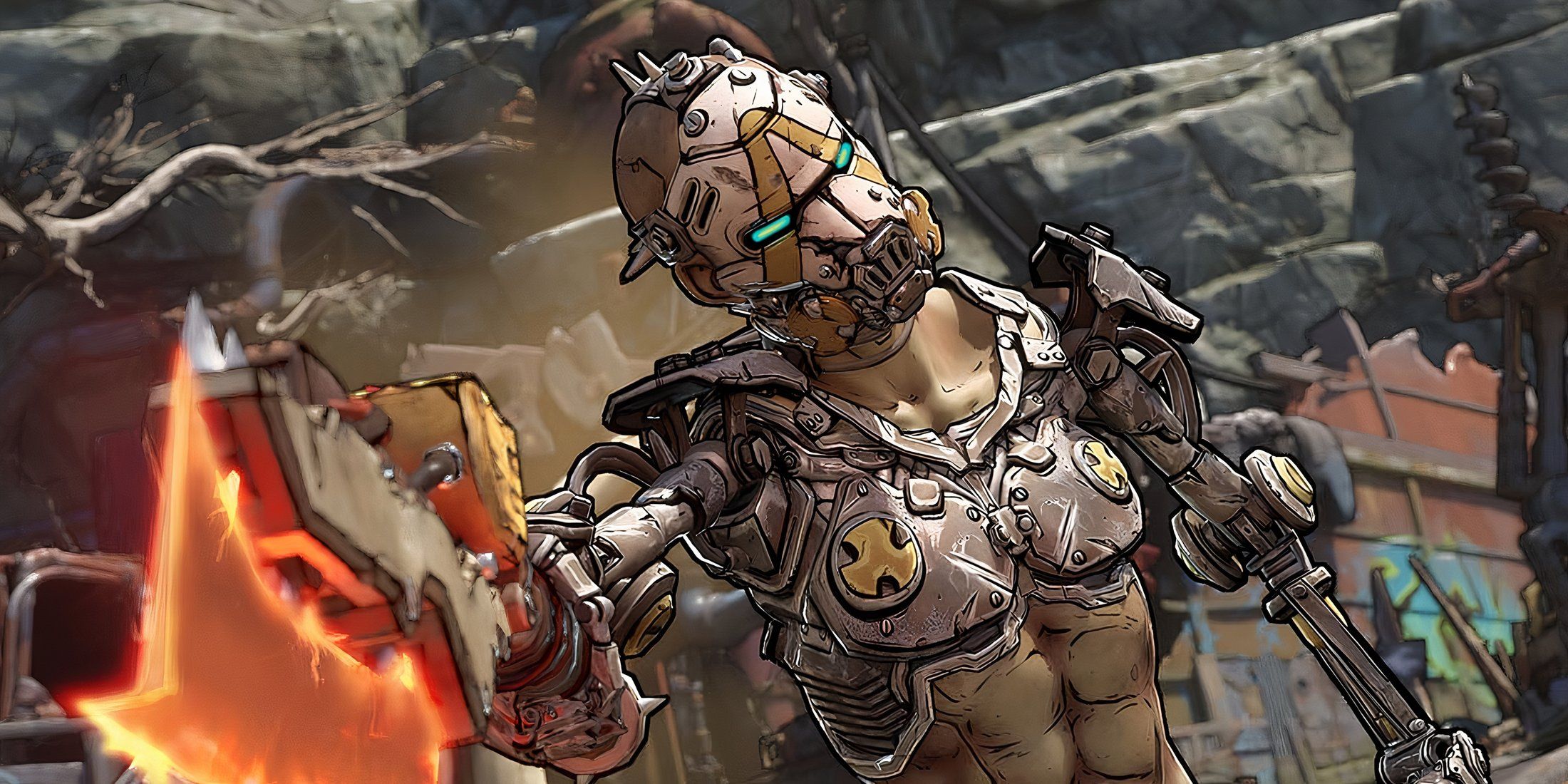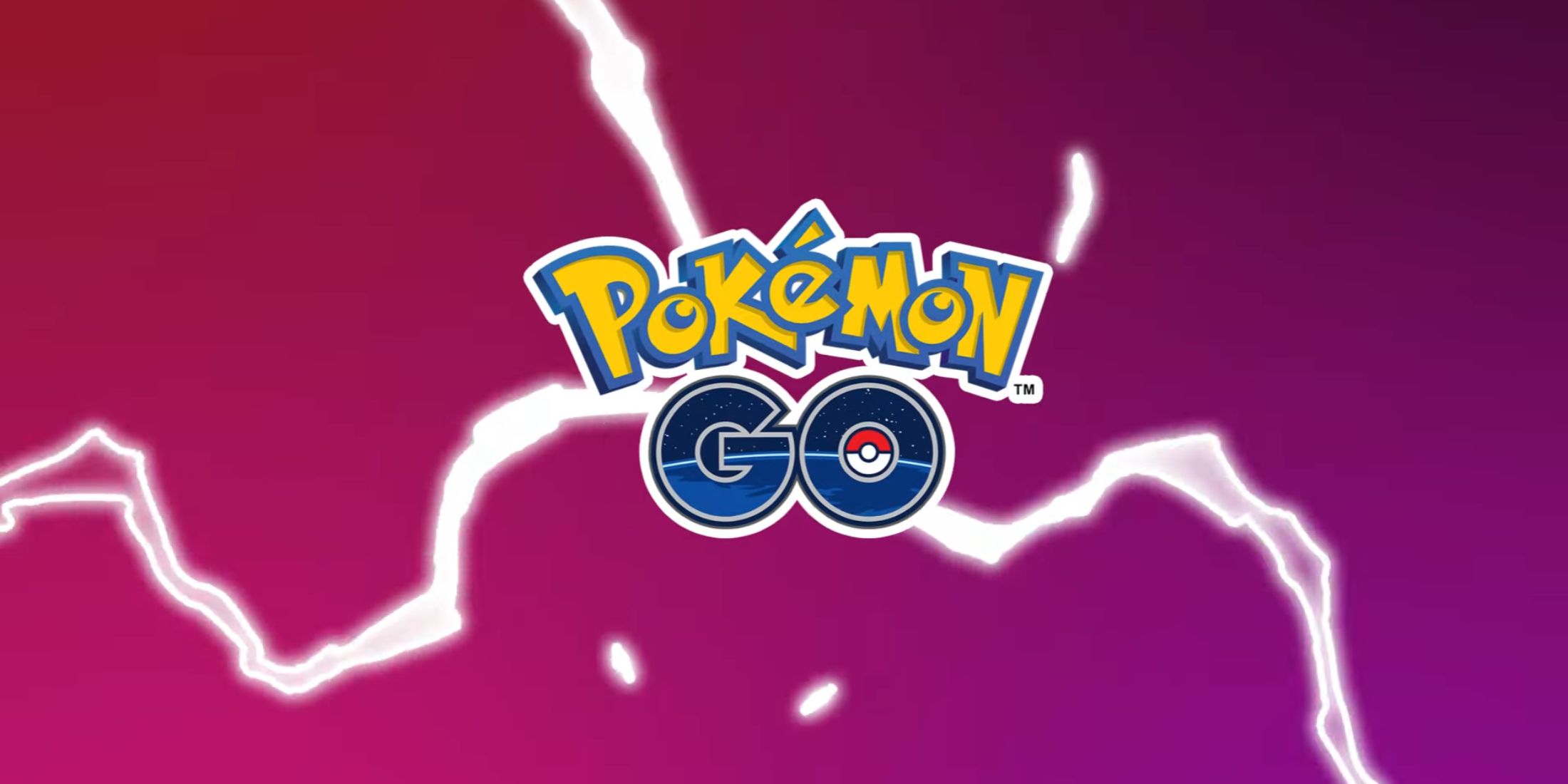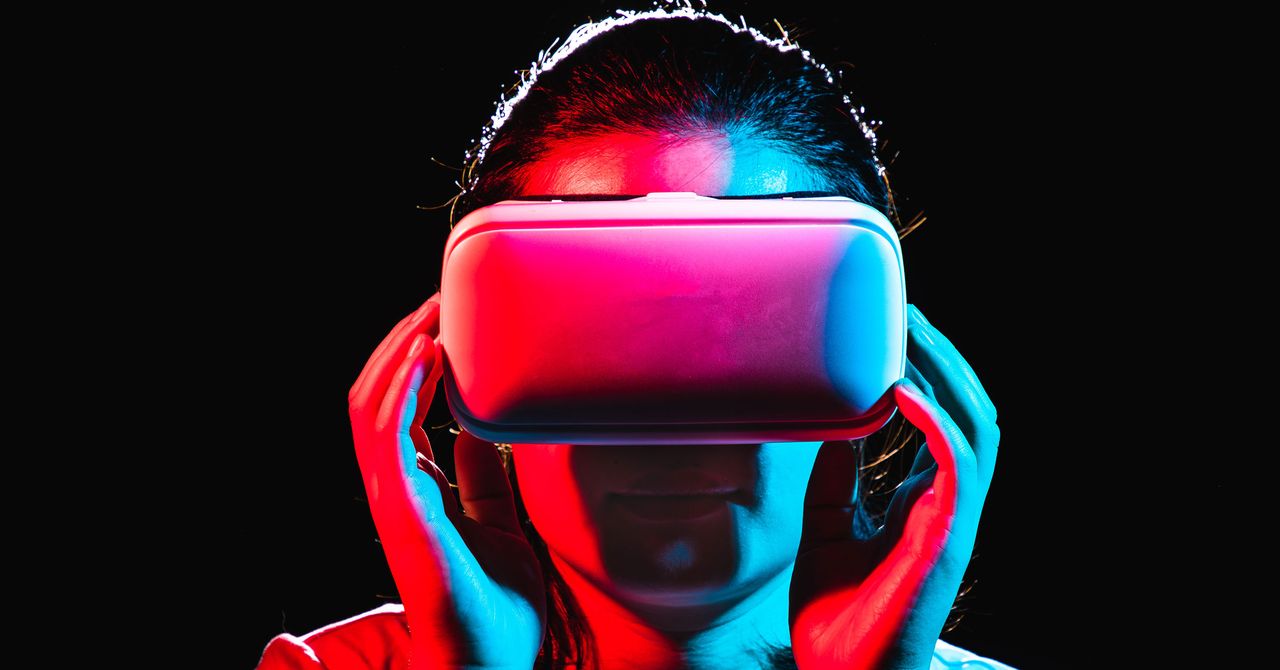
It’s Sunday evening, and I’m sitting with my legs crossed on the bottom of the sea. My fingers poke a nearby turquoise anemone, and it reflexively tucks into itself. A crab off to my left scuttles into a cave. My breath catches in my throat as a smack of vibrant pink jellyfish come into view. It’s gorgeous. I could stay here forever.
But then I hear a loud alarm ringing, and the moment is broken. Meditation time is up; back to the real world I go. I remove the headset and start downstairs for dinner, feeling renewed and refreshed.
This has become a weekend tradition, one of many I’ve integrated into my life over the past year. A proud introvert, I was surprised to learn that I don’t do as well in quarantine as I anticipated I would. I longed for social interactions after merely a month. I missed going to the beach on Saturday mornings to play in the tide pools. A stationary bike at home wasn’t anywhere near as satisfying as my gym. Seasonal depression sank its talons deeper than ever. On top of it all came a crushing anxiety, one that I’d never experienced before. It wasn’t long before “self-quarantine” orders became I-don’t-want-to-leave-the-couch orders.
Enter virtual reality.
Just as the lethargy bordered on clinical, my husband brought home the Valve Index, and he excitedly pitched how much fun this new toy would be. “This is the VR we’ve been waiting for,” he said, bouncing on his toes in anticipation.
I’ll admit, I was skeptical. A lifelong gamer, I’ve tried numerous VR products, but all have been a far cry from what science fiction movies tell us is possible.

